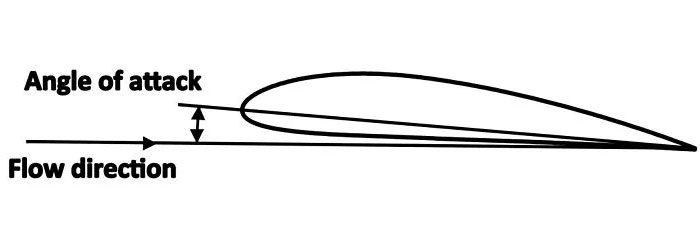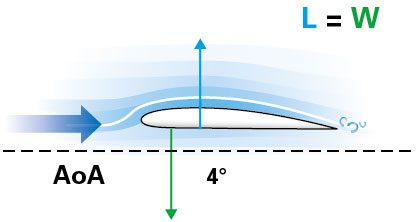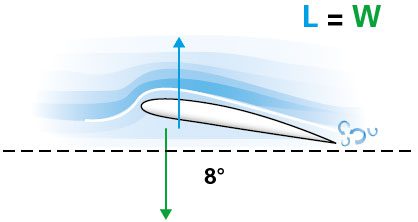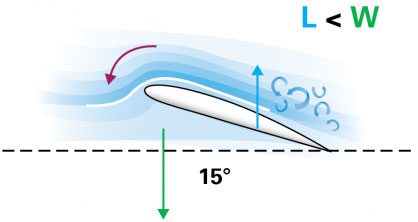The “engine failure” situation, if not addressed, can lead to unpredictable circumstances for the aircraft.
Nothing is more terrifying than a plane that feels like it’s falling through the air – but now, a video shared on social media has opened up a new fear: an aircraft experiencing “engine failure” mid-flight.

The situation of an aircraft experiencing “engine failure” can happen and has occurred in the past. (Image: Getty Images).
Fortunately, this is just a hypothetical situation. However, in reality, this incident can and has occurred in the past.
Although modern passenger aircraft have developed sufficiently to help avoid dangerous situations leading to “engine failure,” unexpected incidents can still occur.
According to Simple Flying – a leading global aviation website, an aircraft can suddenly stop flying when it loses lift.
Specifically, Simple Flying explains that the wings of the aircraft are designed so that air moves faster over the top than underneath, and the difference in air pressure is what allows the aircraft to fly.
As the speed of the air increases, its pressure decreases. Thus, the air pressure above the wing is lower than the pressure below it. This pressure difference creates lift on the wings, enabling the aircraft to fly.
What happens during a sudden stop of the aircraft, and what are the consequences?
Simply put, a sudden stop in flight is a phenomenon of reduced lift. It occurs when the angle of attack (AOA) of the wing increases too much. This is known as the critical angle of attack and is usually around 15 degrees (though it varies).
It is important to emphasize that no matter the speed at which the aircraft is flying, exceeding this angle will cause the aircraft to become unstable as the smooth airflow breaks down.

Image depicting the angle of attack and airflow direction of the aircraft’s wing. Note: L is lift, W is weight.

Stable angle of attack during level flight.

Increased angle of attack causing instability in aircraft movement.

Critical angle of attack, preventing smooth airflow over the upper surface of the wing, leading to decreased lift and increased drag.
Failure to address “engine failure” will cause the aircraft to fall. The first sign for pilots is sluggish flight control, becoming less responsive due to changes in airflow, and there may be vibrations that pilots are trained to recognize.
Stopping the engine can be remedied by pushing the nose of the aircraft down to reduce the angle of attack. Of course, this is much more serious at low altitudes during takeoff or landing. If not remedied, the wings will lose lift and the aircraft will begin to fall.

Image depicting the critical angle of attack. (Image: Simple Flying)
In the past, there have been many incidents related to this situation, resulting in significant losses of life and property.
British European Airways Flight 548, June 1972. This was one of the deadliest accidents in the UK to date. A Trident aircraft experienced engine failure and crashed shortly after taking off from Heathrow, as the captain failed to maintain sufficient speed during the climb.
Air France Flight 447, June 2003. An Airbus A330 flying from Rio de Janeiro (Brazil) to Paris (France) experienced engine failure at high altitude (after the autopilot was disabled due to airspeed measurement issues). The pilots were unable to recover and the aircraft plunged into the ocean.
Turkish Airlines Flight 1951, February 2009. The Boeing 737-800 crashed while landing in Amsterdam (Netherlands). A malfunctioning radio altimeter caused the engine power to reduce to idle, leading to engine failure, leaving the pilots no time to recover.


















































